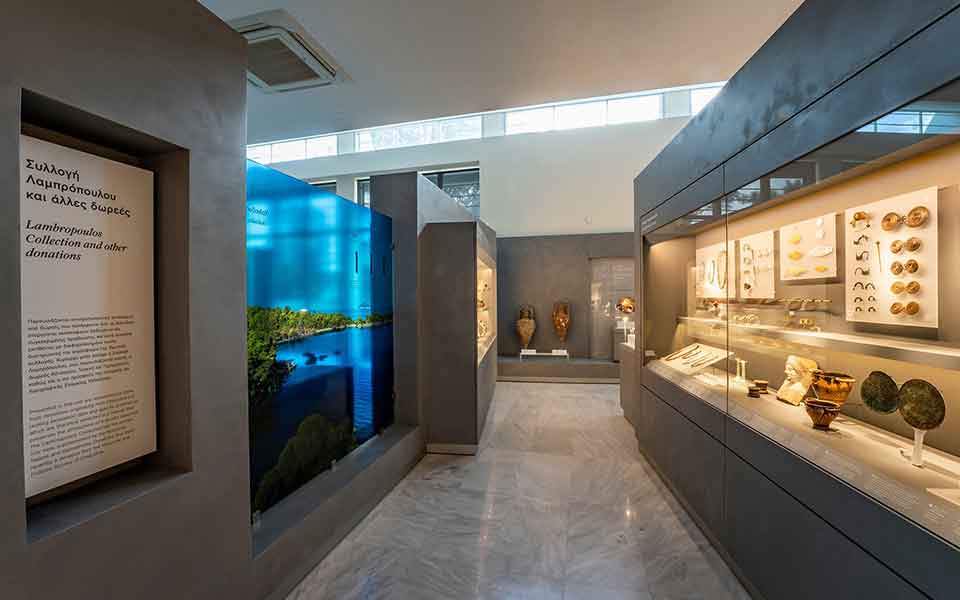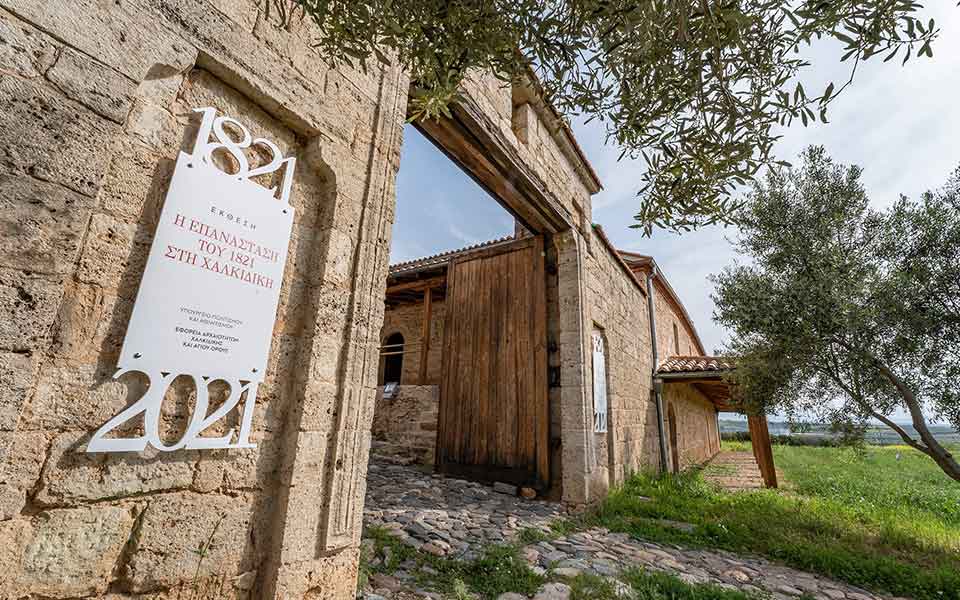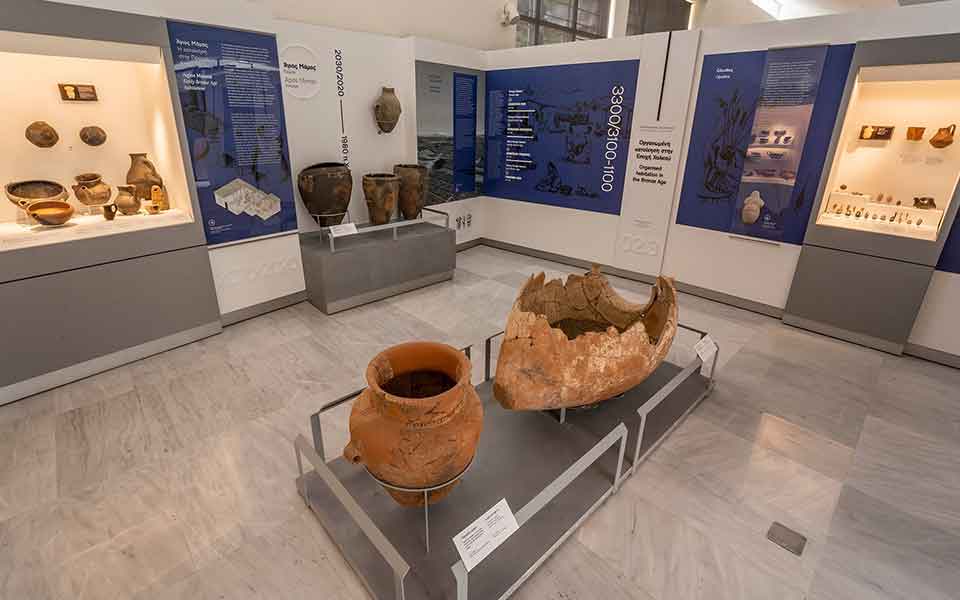The new Archaeological Museum of Polygyros is due to be formally inaugurated in a ceremony by the Greek Minister of Culture and Sports, Lina Mendoni, on Saturday, July 9. The following day, the museum will open its doors to the public, giving visitors the chance to explore a permanent exhibition curated by the Ephorate of Antiquities of Halkidiki and Mount Athos.
The exhibition is organized in four thematic sections: Place and History; Prehistoric societies; Historical times; and Collections and Donation. Exhibits include artifacts from the most important archaeological sites in Halkidiki, including the prehistoric settlements and cemeteries of Aghios Mamas, Olynthus and Toroni, Kriaritsi, and Nea Skioni. A significant part of the exhibition showcases antiquities from the region’s Roman period, including funerary statues and columns, as well as objects from the Lampropoulos Collection.

© Hellenic Ministry of Culture and Sports / Ephorate of Antiquities of Halkidiki and Mount Athos

© Hellenic Ministry of Culture and Sports / Ephorate of Antiquities of Halkidiki and Mount Athos
The permanent exhibition is enriched with an array of multimedia applications, including an impressive interactive map that presents the chronological history of Halkidiki and places of archaeological interest. Interactive screens showcase the History of Research in the region, featuring descriptions of the most important excavations and their respective researchers. A section on Written Sources explores the history of the region though written records, including the works of the renowned philosopher Aristotle, a native of Stagira.
The exhibition also features a 3D map of an archaeological excavation, enabling visitors to understand the careful process of excavation, preservation, and the presentation of artifacts in the museum.
The organization and implementation of the new Archaeological Museum of Polygyros was initially made possible through the Operational Program “Central Macedonia 2014-2020,” co-financed by the European Regional Development Fund. The second phase of completion and operation, which includes further work on the permanent exhibition, will be completed by the end of 2023.

© Hellenic Ministry of Culture and Sports / Ephorate of Antiquities of Halkidiki and Mount Athos
The Revolution of 1821 in Halkidiki
On Friday, July 8, a new temporary exhibition showcasing objects and historical documents from the period of the Greek Revolution will be inaugurated at the Old Building of Neo Flogitans in Halkidiki. “The Revolution of 1821 in Halkidiki” combines artifacts with multimedia applications, including a dramatzied narration of the key events of the time.
The primary purpose of the exhibition is to present the struggle of 1821 in the region of Halkidiki, which remains largely unknown to the general public, and to highlight how many of the events that took place in the north of Greece played a pivotal role of the success of the Revolution.












